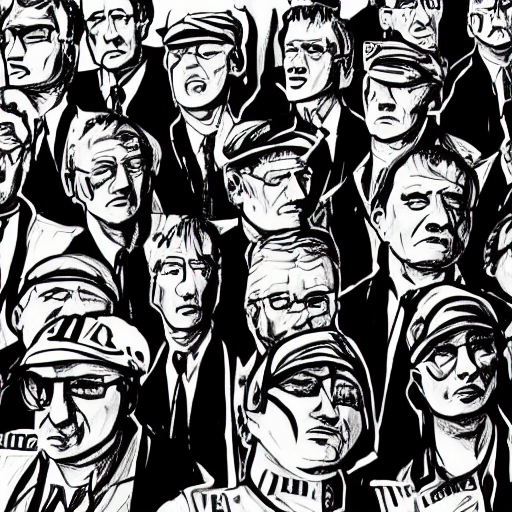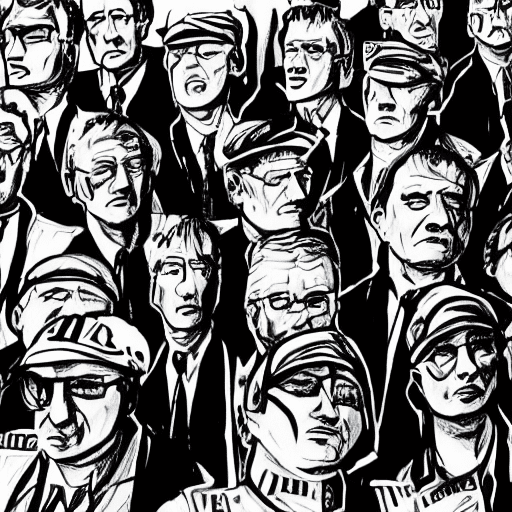Cancel culture refers to the practice of publicly calling out or boycotting individuals, companies, or institutions for behavior that is perceived to be offensive, controversial, or problematic. The goal is to hold these entities accountable for their actions and to pressure them to change their behavior.
This can manifest in various ways, such as social media campaigns, petitions, or protests. The aim of cancel culture is often to create social consequences for the perceived wrongdoing, such as loss of employment, loss of social status, or loss of financial support.
History of cancel culture
The term cancel culture emerged out of the earlier concept of political correctness, and gained popularity in the 2010s alongside the rise of social media. Some scholars and media theorists trace the concept of cancel culture back to even earlier phenomena, such as the boycotts and blacklists of the McCarthyism era in the United States on the right, or the call-out culture of feminist and anti-racist movements on the left.
Cancel culture and political correctness are related in that they both involve social and cultural pressure to conform to certain norms of language and behavior. Political correctness refers to the avoidance of language or actions that may be considered discriminatory, offensive, or insensitive, often with the aim of promoting inclusivity and social justice. Both tend to concern themselves with highlighting language, stereotypes, and assumptions rooted in racism, sexism, and other common forms of bigotry throughout history.
Cancel culture vs. political correctness
In some ways cancel culture can be seen as an extension of political correctness, in that it goes a step further by seeking to hold individuals and entities accountable for violating norms of respect and social justice. The collective power of Facebook, Twitter (aka “X”), and other social media outlets has helped activists organize around ethical, moral, and political issues, and provided new tools for achieving accountability goals, through activities such as public shaming, boycotts, or other forms of social and economic pressure.
In my opinion, the right-wing critique of so-called cancel culture is grounded in an erroneous conflation between governmental action and collective organizing by groups of individuals who are themselves often associated with political activism. Cancel culture is often mentioned in the same breath with censorship, whose definition connotes government tyranny and overreach.
Cancel culture vs. censorship
Typically, however, the government is not involved in actual instances of cancel culture — it is merely people exercising collective powers provided by private social media companies. In fact, it seems to me that right-wing policy tends to involve actual censorship — such as Florida governor and 2024 presidential hopeful Ron DeSantis’s “Don’t Say Gay” bill, or (also in FL) the Republican bill introduced which would require political bloggers to register with the state.
I think it’s important to be discerning, in these instances, about who is exercising power and why — is it really a case of the government overreaching (censorship), or is it simply a group of people reacting appropriately to the continued presence of structural racism, sexism, and many other -isms in modern society: and stubbornly so, after decades and centuries of collective social justice work?












